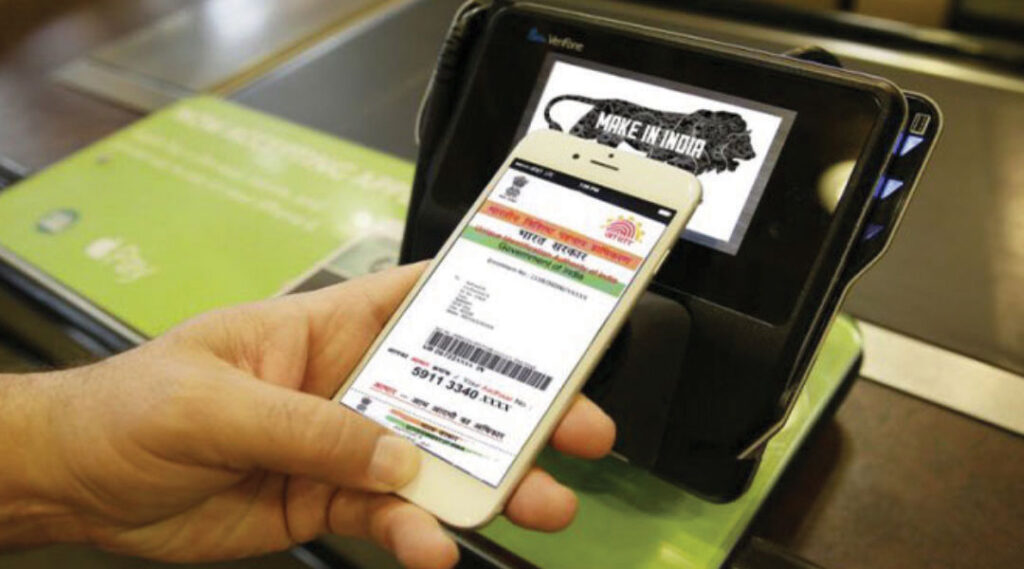Aadhaar Identity Frauds – Protect your Personal Data

Aadhaar is a 12-digit unique identification number based on your biometric and demographic data, issued by Unique Identification Authority of India (UIDAI). Aadhaar acts as an identity proof for Indians. The main purpose behind launching this sophisticated program was to prevent fake and duplicate identities.
But identity thieves have become even smarter. They find brilliant ways to steal your identity. In one such case, a well qualified resident of Ahmadabad procured a credit card and made fraudulent transactions worth more than Rs.1.69 lakhs, by copying Aadhaar card details of a dead man! He modified the PDF copy of his own Aadhaar card and inserted the name of a dead man. Using this fake identity, he made transactions in the name of a dead man. The fraud came into light when installments were not paid.
This is just one among the 73 incidents of misuse of Aadhaar number reported this year. A total of 164 cases of forged or fake Aadhaar numbers and banking related Aadhaar frauds were reported in the 6 years since its launch. And this number is increasing with each passing year.
Since Aadhaar number is directly linked to your bank account, it becomes more vulnerable. A fraudster can literally steal your sensitive personal data including age, gender, date of birth and bank account details by fraudulently obtaining your Aadhaar number.
But with few preventive measures you can protect your identity from getting compromised.
Never share your Aadhaar number. If someone asks for your Aadhaar number over a phone call, do not provide it until and unless you make the call, and you know whom you are speaking with. Also if someone makes the call pretending to be a bank employee, make sure you check the authenticity of the call. Chances are it could be a phishing call. Remember banks don’t ask for any of your personal details through the phone.
Ask before sharing. While sharing your Aadhaar number, always check whether it is legally required. Or if any substitute proof of identification can be used instead. Also make sure your Aadhaar number is being used under valid circumstances.
Keep your identity protected. Never carry your Aadhaar card in your purse or wallet. Documents containing your Aadhaar number should always be kept in a secured place.
Always mention the purpose for which the document is being submitted. While submitting the photocopy of your Aadhaar card or any document containing your Aadhaar number, make sure you add a statement saying, ‘this document should be strictly used for so and so purpose’, supported with your name and signature to avoid the misuse.
Lock your biometrics. Aadhaar is based on your biometric and personal data. Your biometric details include an iris and finger print scan and a photograph of the face. Whereas personal details include name, address, date of birth, gender, mobile number and email address. Your finger print and iris data will soon be used for authentication of financial transactions as per the most recent RBI directive. To prevent any potential misuse, UIDAI provides a mechanism to lock the biometric information of your Aadhaar record.Once your biometric data is locked, neither an Aadhaar card holder nor anyone else can use it for any authentication which helps to prevent potential misuse.
How to lock or unlock your biometric data?
1. Visit – https://resident.uidai.gov.in/biometric-lock
2. Go to – Aadhaar services > Lock/Unlock biometrics
3. Enter your Aadhaar number
4. Enter security code/captcha
5. Receive the OTP
6. Lock biometric data
Remember, preventing identity fraud completely, is impossible. But protecting your identity is in your hands. Cyberior Digital Identity Protection gives comprehensive protection to your identity so that you can lead a secured life.
